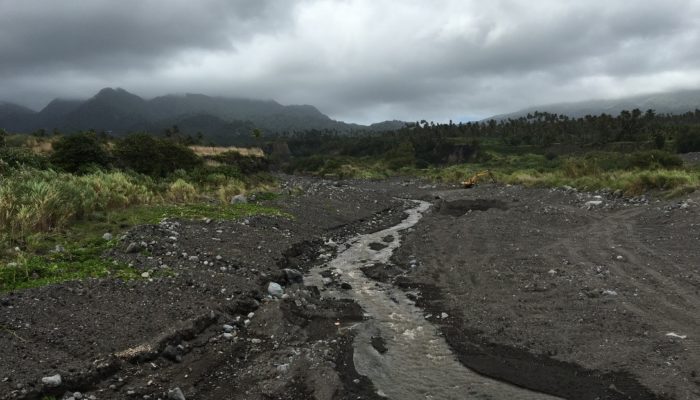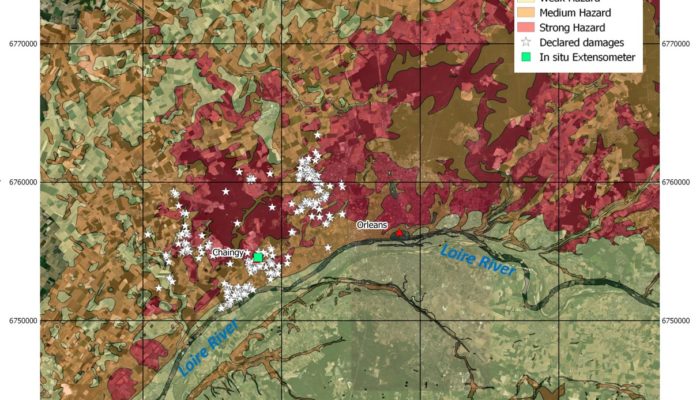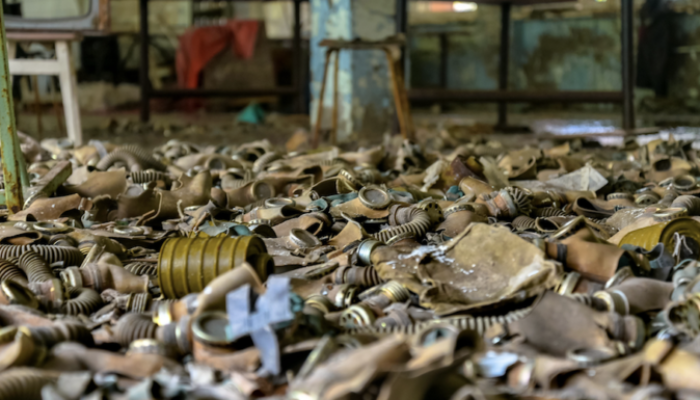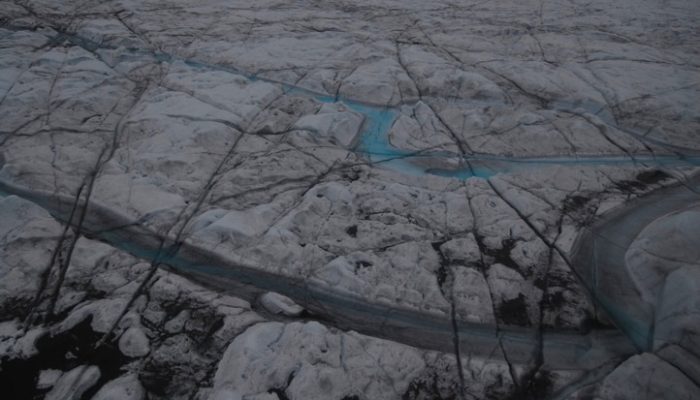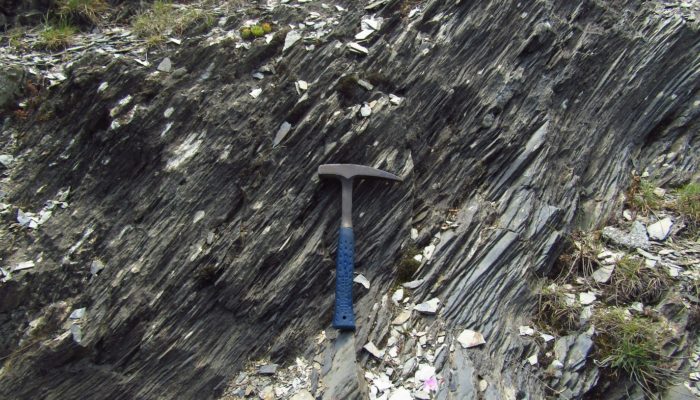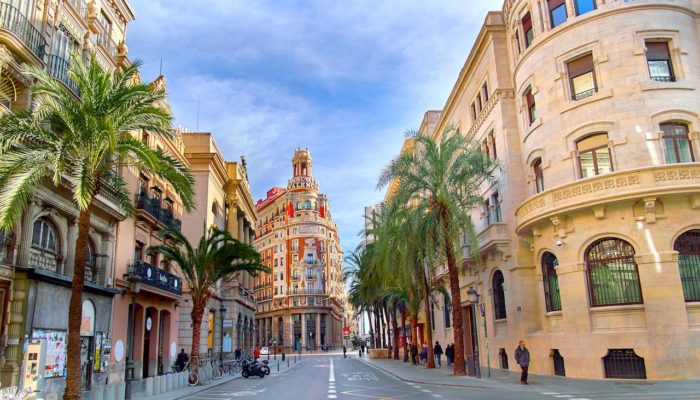Recent geological data shows that during a very cold phase of our Earth’s climate (between 40,000 and 26,000 years ago), there was a huge expansion of polar ice sheets, yet the north-eastern part of the Greenland ice sheet was less extensive than today. How could this have occurred? In this post we shed light on the potential causes of this ice sheet behaviour. What do we know about present- ...[Read More]
If you didn't find what you was looking for try searching again.
Geodynamics
The Sassy Scientist – Incompetency Check
Every week, The Sassy Scientist answers a question on geodynamics, related topics, academic life, the universe or anything in between with a healthy dose of sarcasm. Do you have a question for The Sassy Scientist? Submit your question here or leave a comment below. After reading up on many of the aspects described for the earthquake cycle that were oftentimes presented through fundamental observat ...[Read More]
Cryospheric Sciences
For Dummies – How do wildfires impact permafrost? [OR.. a story of ice and fire]
Wildfire – like the ones observed in the Northwest Territories, Canada in 2014 (Fig. 1) – is a natural part of permafrost landscapes, but fires are expected to get more frequent and severe as the climate warms. This could accelerate the degradation of permafrost, with negative consequences on the local and global scale! We have a pretty good understanding of how permafrost responds to fire t ...[Read More]
Natural Hazards
The bad, the good and the unpredictable: living with volcanoes / part 1
Introduction Humans have existed and lived alongside volcanoes for as long as we have been on the planet. For some, this has been beneficial and often, in fact, we can see how indigenous knowledge finds a sustainable approach living with them. However, in some cases, societies cannot cope and are overwhelmed with volcanic eruptions. There are many examples from archaeological studies dealing with ...[Read More]
Natural Hazards
How can remote sensing and wavelet transform unravel natural and anthropogenic ground motion processes?
Underground energy storage and gas storage in aquifers In the context of energy transition, massive energy storage is a key issue for the integration of renewable sources into the energy mix. Storing energy in the underground can lead to larger-scale, longer-term and safer solutions than above-ground energy storage technologies. In particular, natural gas storages are designed to address different ...[Read More]
Geodynamics
Climate protests at the start of Global Week for Future
For months, students have skipped school on Fridays to ask for more action against climate change. To kick off the Global Week for Future, last Friday saw thousands of demonstrations in many countries around the globe, with not only high school students joining the fray, but people from all walks of life. GFZ Potsdam’s Bernhard Steinberger and Thilo Wrona share their experiences in Potsdam and Ber ...[Read More]
Atmospheric Sciences
A brighter future for the Arctic
This is a follow-up from a previous publication. Recently, a new analysis of the impact of Black Carbon in the Arctic was conducted within a European Union Action. “Difficulty in evaluating, or even discerning, a particular landscape is related to the distance a culture has traveled from its own ancestral landscape. As temperate-zone people, we have long been ill-disposed toward deserts and ...[Read More]
Tectonics and Structural Geology
Features from the field: Foliation
Have you ever walked on a mountain trail, passing past outcrops of rocks and noticed that many rocks appear to be split along a well-defined orientation? If you have, you might have seen one of the most important structures in metamorphic rocks – called foliation. The term ‘foliation’ derives from the Latin folium, meaning ‘leaf’. A rock with a foliation looks like a pile of R ...[Read More]
WaterUnderground
Quest for Sustainability of Heavily Stressed Aquifers at Regional to Global Scales: Upcoming Chapman Conference
Abstracts are due soon (July 10th) for the upcoming Chapman conference on groundwater sustainability on Oct 21-24, 2019 in Valencia, Spain. Hopefully this will be a rare opportunity where many of the leading people on groundwater sustainability will gather with a shared intention to share, discuss and debate scientific advances and encourage a pivot towards groundwater sustainability. A range of p ...[Read More]
Hydrological Sciences
Featured catchment series: The North is not forgotten!
This is the first post of “Featured Catchment”, a series of posts in the HS Blog that present experimental catchments across Europe and beyond. Here, the authors of the posts will explain the main characteristics (e.g., climate, geology, topography, land use) of their catchments, why hydrologic research is important in their study areas, describe the applied methodologies (field instrumentation an ...[Read More]

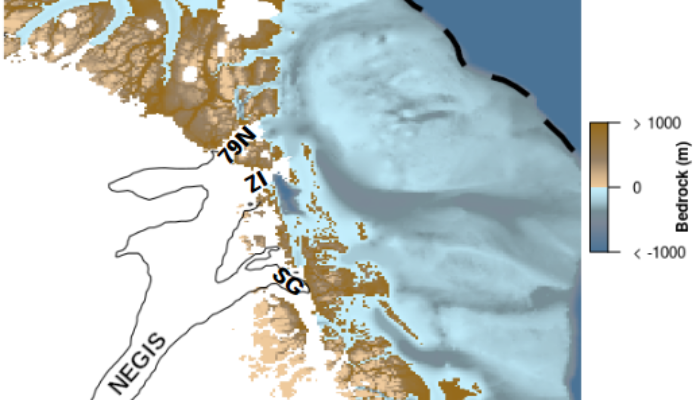

![For Dummies – How do wildfires impact permafrost? [OR.. a story of ice and fire]](https://blogs.egu.eu/divisions/cr/wp-content/blogs.dir/17/files/2019/10/DJI01011-700x400.jpg)
